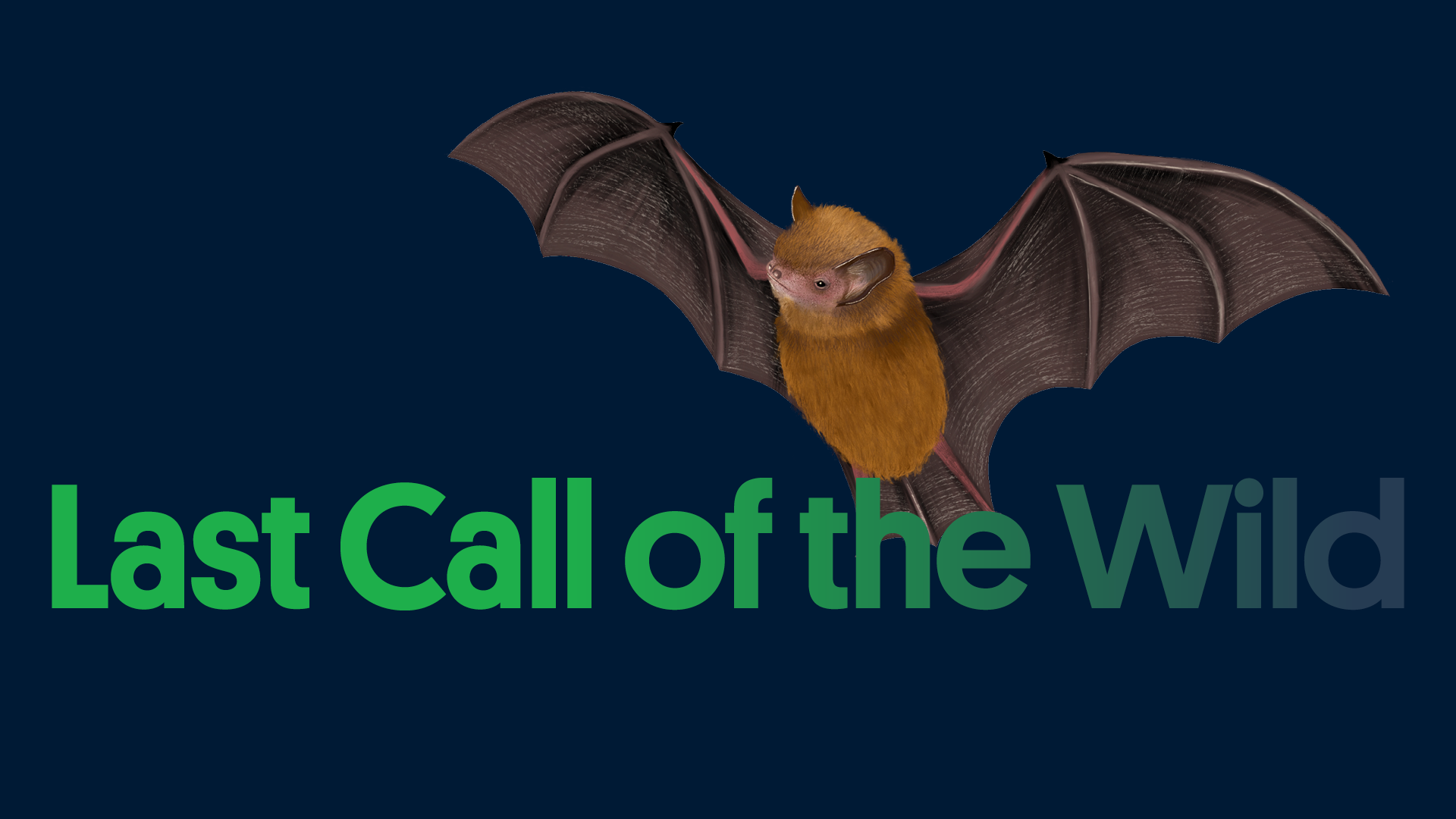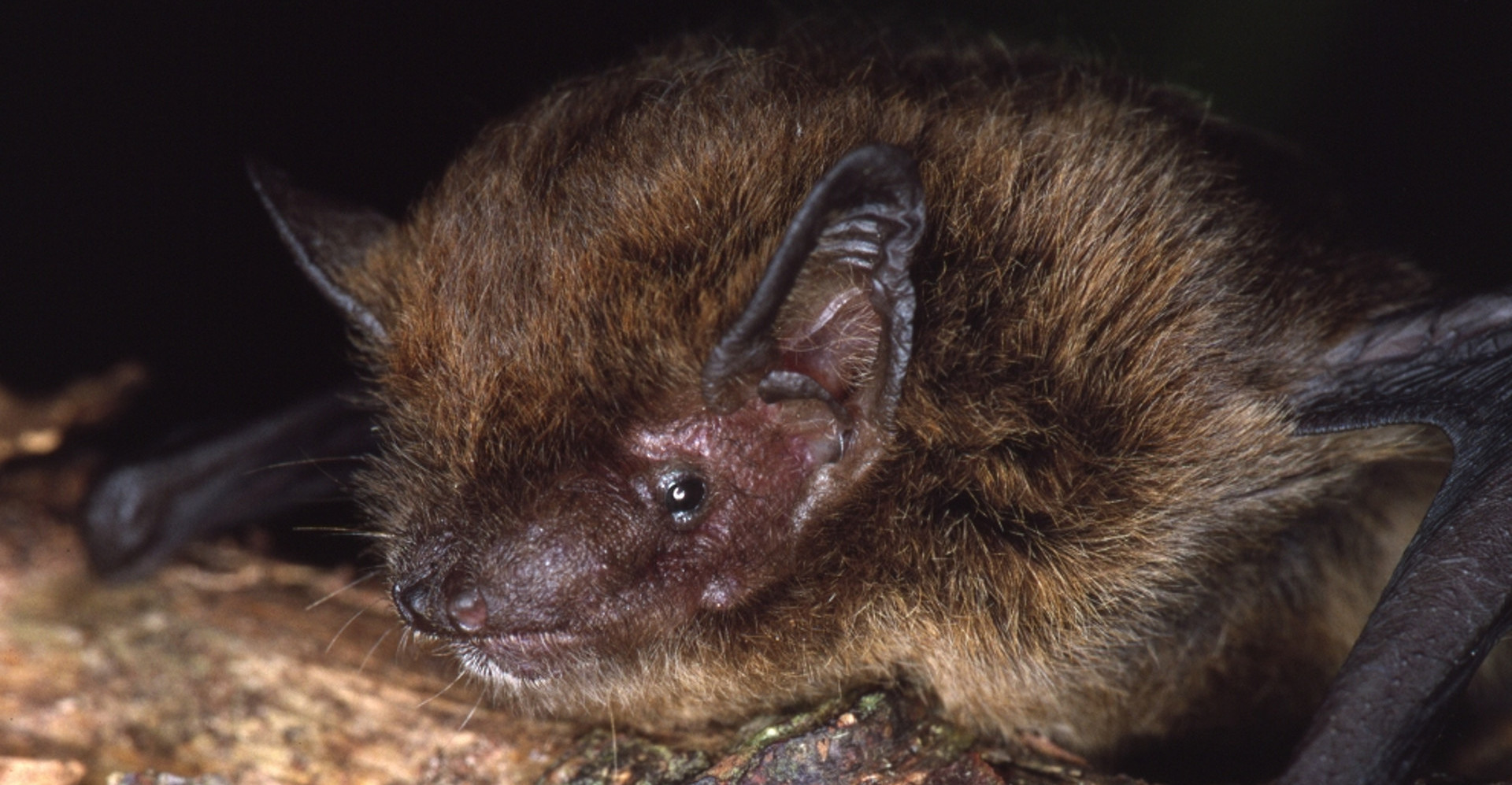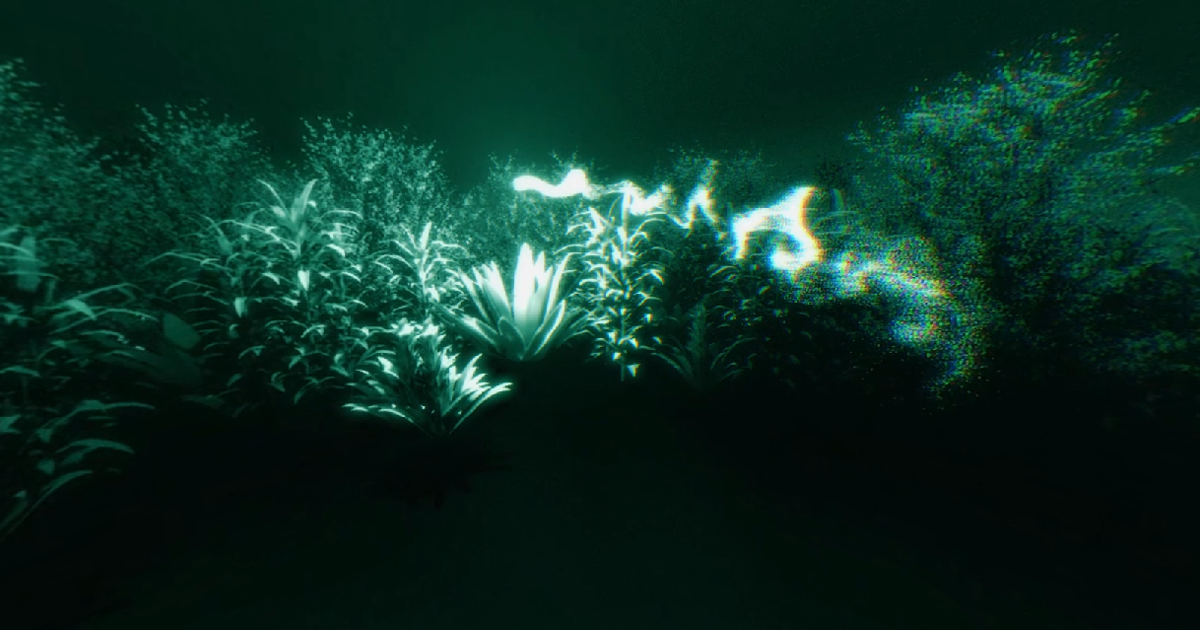News - 20 September 2018
The sound of an extinction

On the evening of 26 August 2009, scientists on Christmas Island recorded something they’d never heard before: the sound of an extinction.
The tiny bat darted about the rainforest as it had every other night—stealthily skirting the edge of the forest, navigating overgrown trails, dodging spiderwebs, using echolocation to seek out insects for dinner—part of a finely balanced ecosystem.
It wasn’t alone.
A team of experts, including Dr Rupert Baker of Healesville Sanctuary, was holed up in a small house in the rainforest. After months of frustrating delays and government inaction, the multiparty group had at last assembled on the island to capture a breeding pair—the species’ last hope for survival.
Their technology had picked up the echolocation, evidence the Christmas Island pipistrelle was still very much alive.
“I can still picture the clearing where I saw the pipistrelle, using night vision goggles,” Dr Baker told me. “It was in a fern-covered opening in the forest. The bat flew in towards the trap… then changed direction, flying up and over the mist net. Fast and agile.”
Recording through a handheld echolocation detector onto his mobile phone, Dr Baker captured the pipistrelle’s distinctive high-pitched chatter. What he didn’t know was that this would be the last time this tiny bat was ever heard.
The last call of the Christmas Island pipistrelle.
It's time to end extinction
It’s too late to save the pipistrelle. But there are dozens of other species facing the same fate.
In fact, earlier this year, the Threatened Species Recovery Hub warned 17 species will go extinct in the next 20 years if business as usual continues.
“Monitoring a species until it expires leaves us with a record but we have empty skies,” reflects Dr Baker. “We need to do more if we want to pass onto our children a world full of wonder.”
The good news? These kind of extinctions are avoidable. What Australia needs is nature laws that work.
This means simple, nationally-consistent laws that can end extinction, and an expert-led independent body with the teeth to enforce them. It means taking the lessons we learned from the avoidable extinction of the pipistrelle, and turning them into real laws that save lives.
This is a vision whose time has come. Your support could soon make it a reality.
Will you answer the Last Call of the Wild?

Dr Baker still has the recording he made that night, when the last pipistrelle disappeared from Earth. I asked Dr Baker what the recording meant to him. Here’s what he told me:
“I hope the voice of the bat will make people question the loss involved. And motivate them to help the next species at risk and protect our ecosystems.”
We all have a role to play in protecting the ecosystems that make life possible—not just our lives, but also the lives of the native animals that call Australia home. We can win new laws and institutions to protect our precious native species.
Help change nature laws for a better future for Australia.
